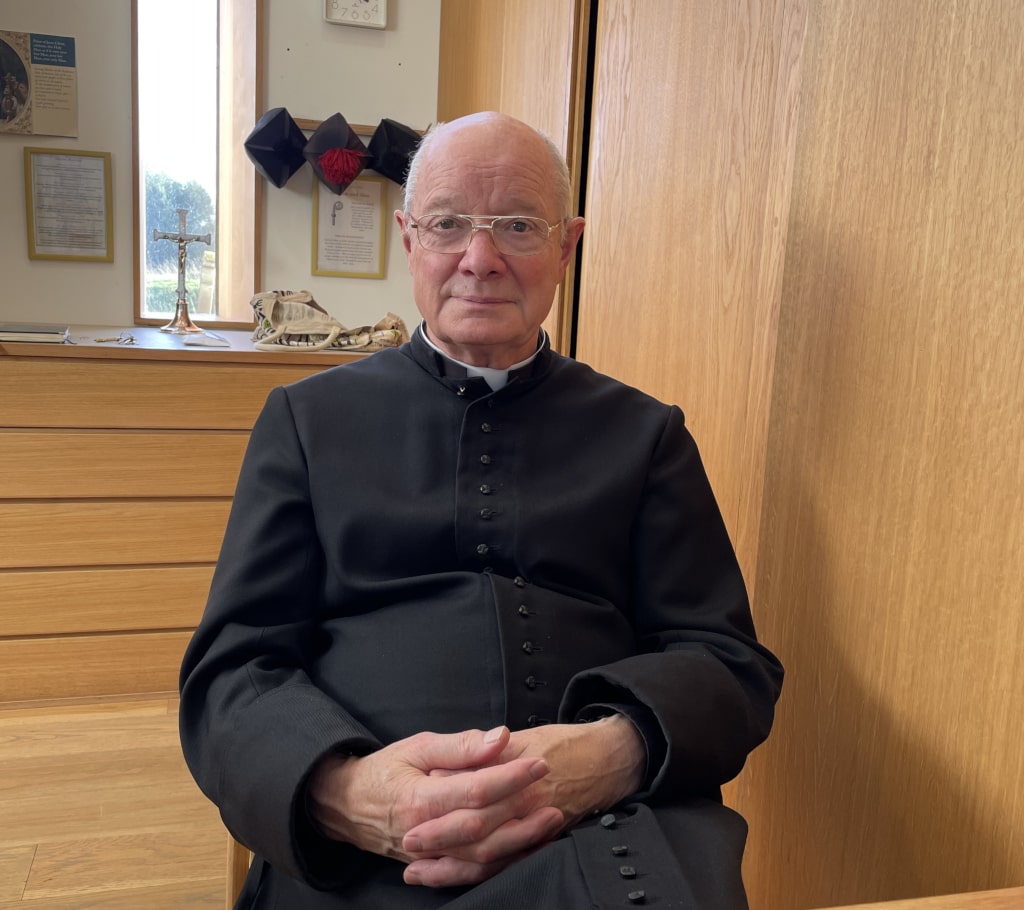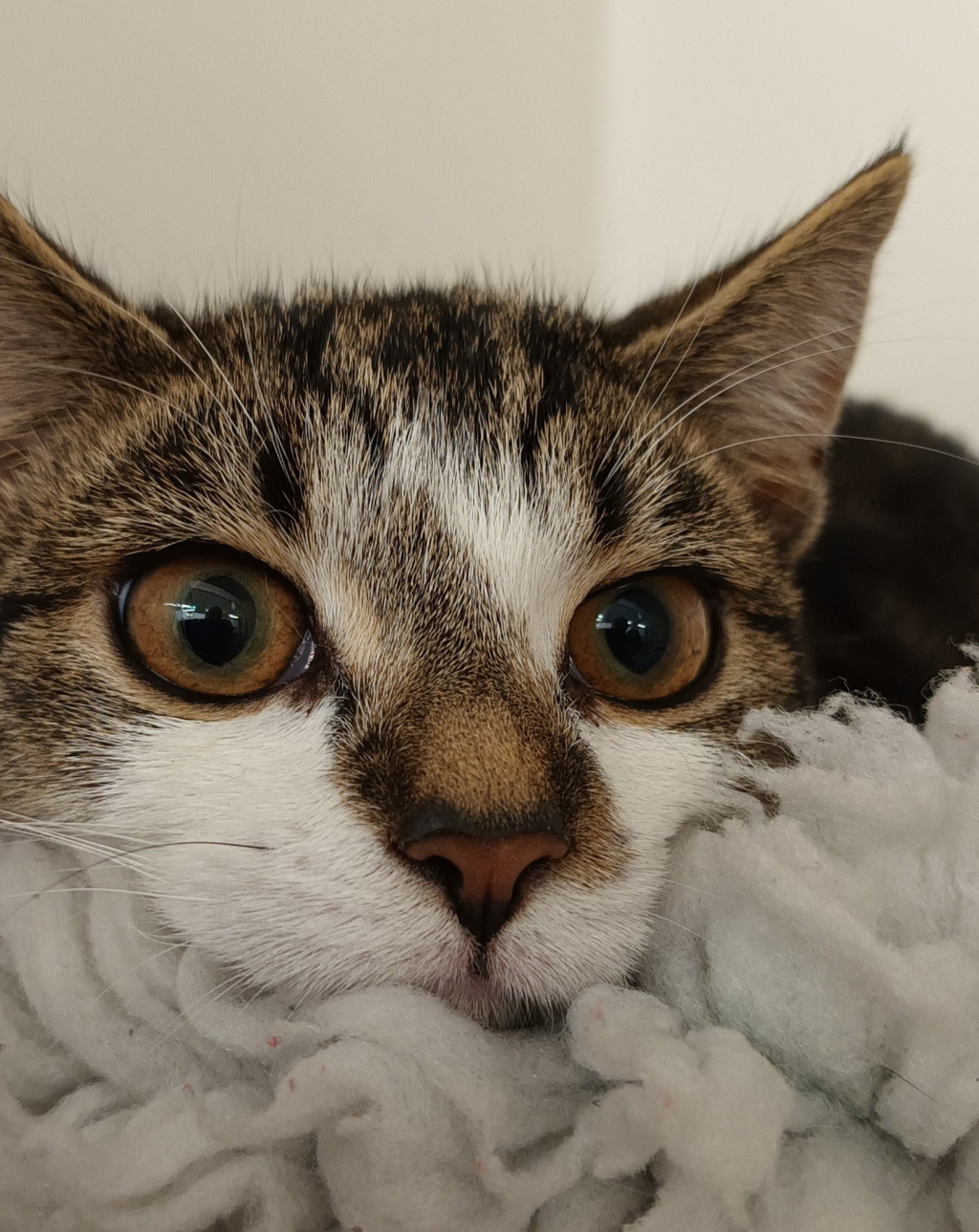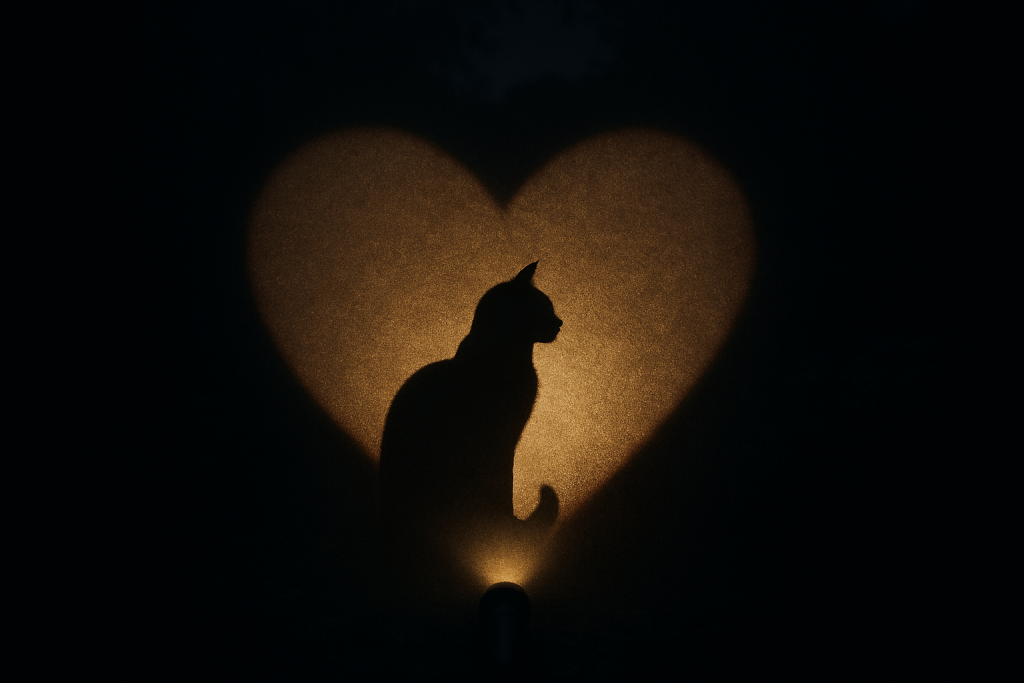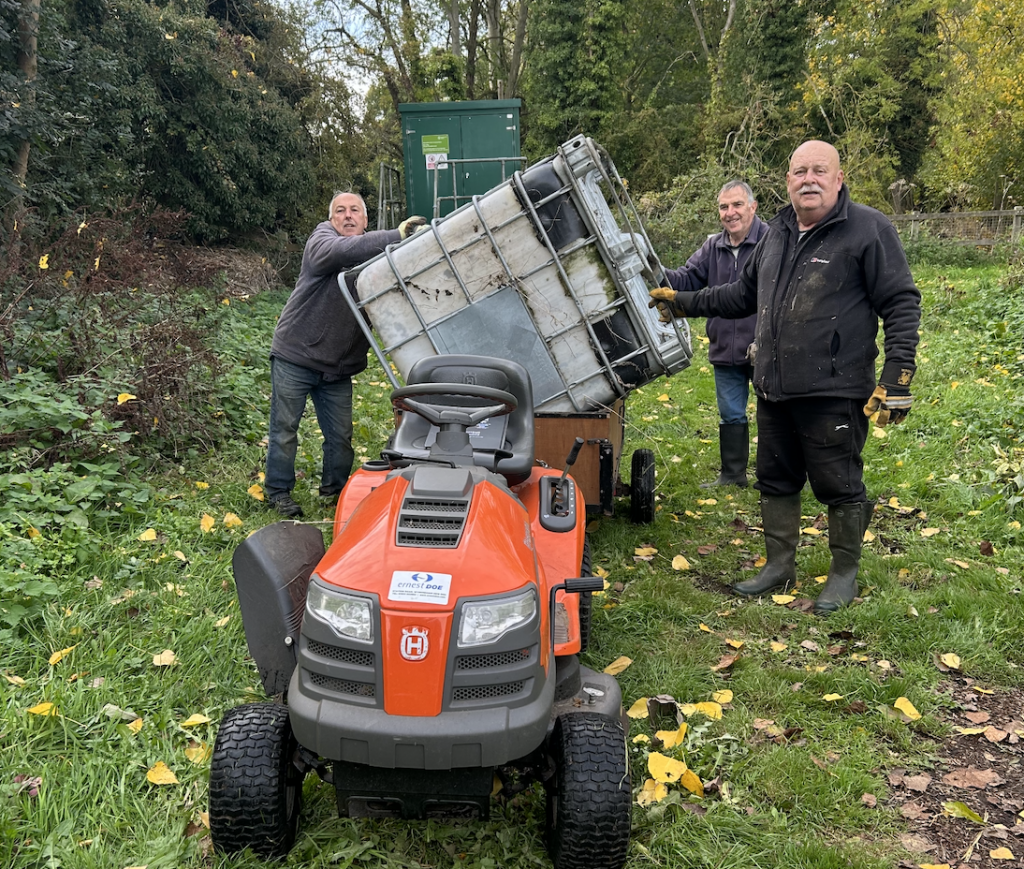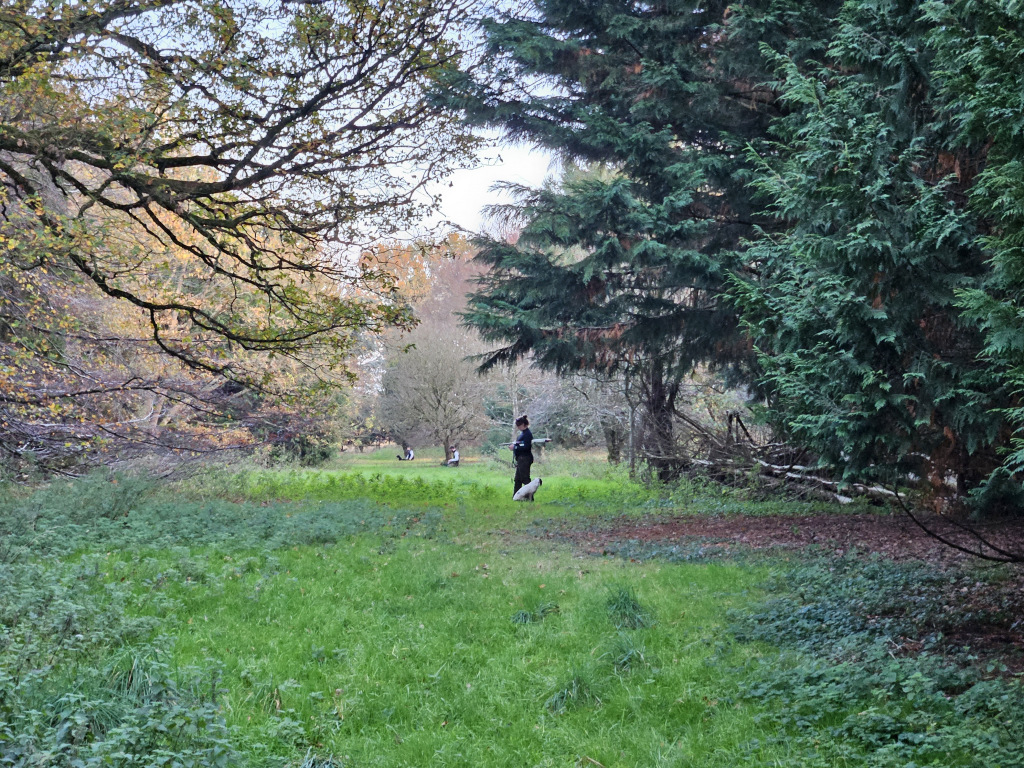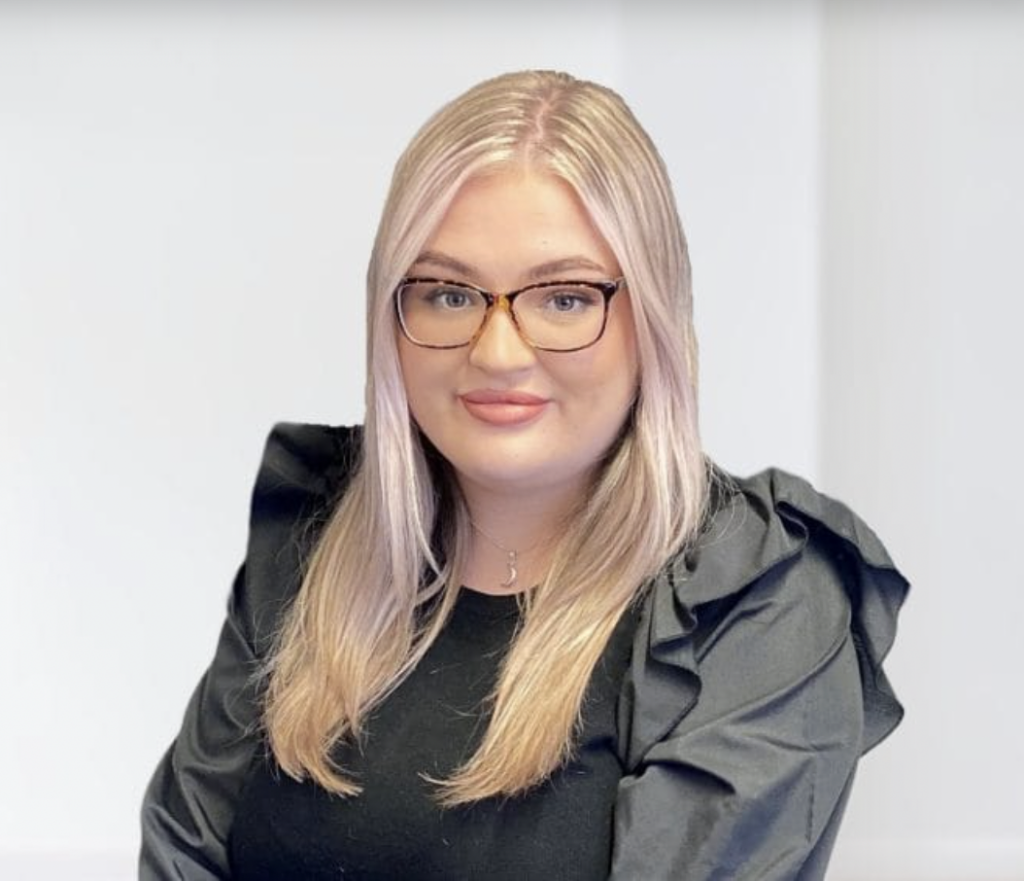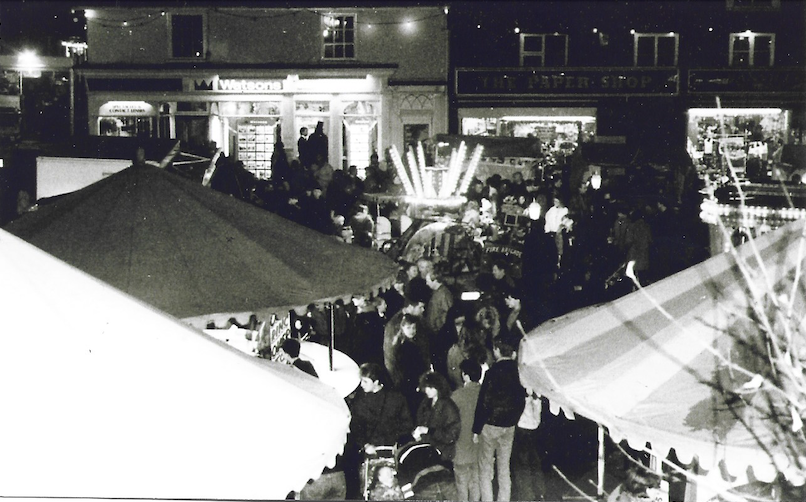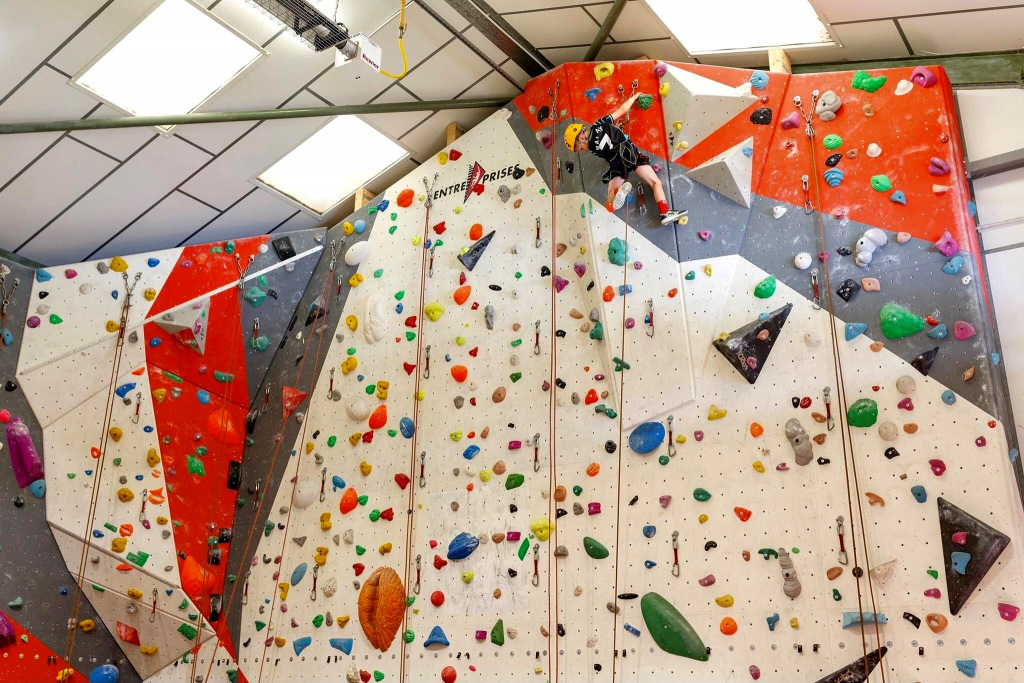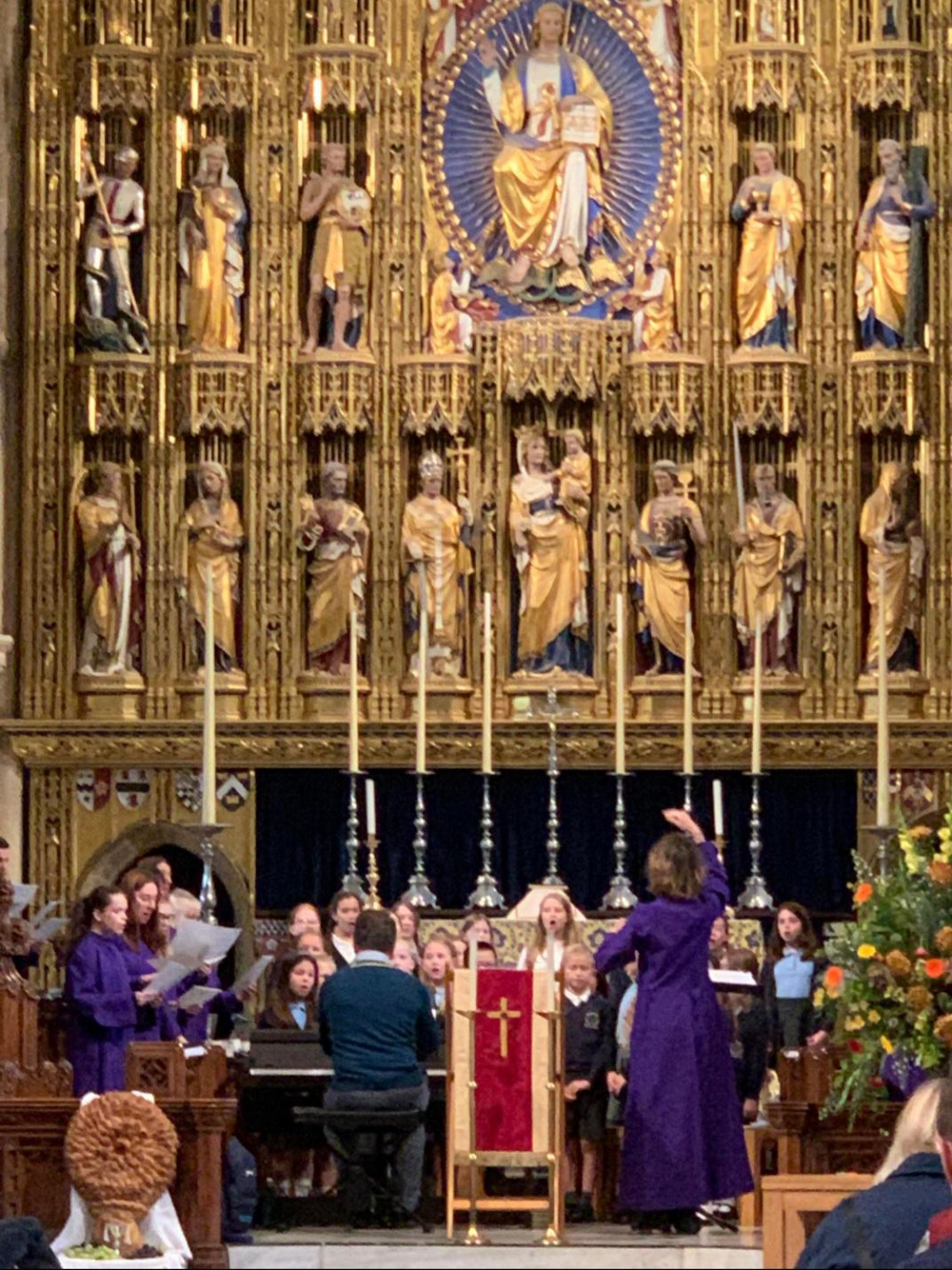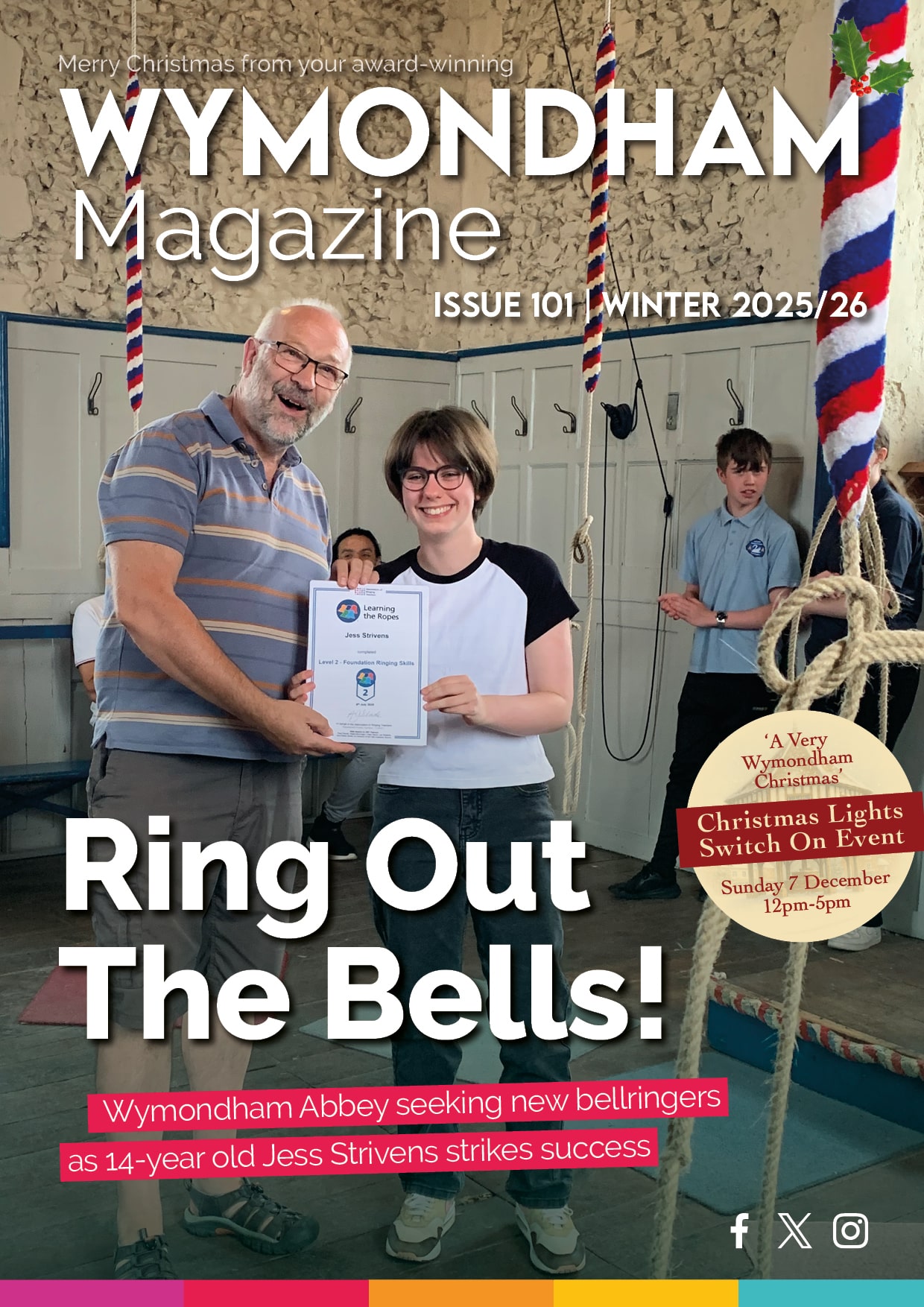Father Christopher Davies was ordained in Southwark Cathedral in the late 80s, after spending the first 15 years of his working life as a farmer in Hertfordshire. Ten years as a vicar in the big city proved plenty, and he moved to Wymondham in 2006 and stayed for ten years before retiring. His retirement didn’t last long and he recently returned to Wymondham Abbey for a three year post. I sat down with him to see how it’s going.
Why did you agree to come back?
I’ve got great affection for the people of Wymondham, the town of Wymondham.
When you’re in a place for ten years as vicar, you make so many connections. First of all with people, in sad times and happy times. I hope that I can bring the stability and reassurance that the Abbey is here for the whole community.
Any challenges you’ve faced?
The administration is in need of a lot of TLC. We are working on that with a great team of wardens. They’re already putting in place systems and structures which are robust with governance in terms of accountability. Which is right as we are a publicly facing organisation where essentially all of our income is given.
We are beginning to do what churches should be doing all the time, and that’s serving the community. The church has no other reason other than to serve other people. The fact that we are now open every day of the week sends a powerful message. Certainly when I’ve been backwards and forwards in the town, people say ‘I hear you’re open!’, which is lovely.
And you’re reopening the shop?
Yes, it’s already open and has started in a fairly modest way. The shop contributed considerably to the Abbey’s finances in the past because it was entirely staffed voluntarily. And a lot of the stock sold was homemade, stuff like jams and honey and all sorts. Which people love to buy as a souvenir. In my last year here we had something like 30,000 visitors. There’s nothing they like more than taking home a bar of chocolate with Wymondham Abbey written on it, or a piece of cake or a postcard or something. So that’s coming back on stream.
Equally importantly we offer a warm welcome, a no strings welcome at the desk. When people come in the door they see a smiling face saying ‘do come in’.
It was very significant in my first week back, I deliberately spent a lot of time in the church itself, a lot of people wanting to talk about the Queen’s death. When I was near the entrance, a large number of people put their head around the door and said ‘are we allowed in?’ And that’s very significant because nobody should feel they are not allowed to go in a church. It’s there for everybody.
The numbers coming through the door are increasing all the time. We’ll still be open every day in the winter, we’ll be heated. We’re prepared to make that expenditure because we feel it is important. If you go into a library in the middle of winter you don’t expect to sit there with your coat on. So why should the church be any different?
A significant number of people in our towns, and particularly our villages, live alone. I know for a fact that many people will go several days without speaking to another person. We’re going to try and organise transport for some of them to be able to visit.
Any specific goals or plans for your 3 year post here?
The Church of England regards every resident as a parishioner. Because we are the established church, I am available for anybody in the parish of Wymondham of all faiths and none, should they wish to make contact. We are not a congregational church, I am not simply a chaplain for the people who turn up every Sunday for worship.
For example, a lot of schools have asked me to go in and talk to kids. Some will be coming here to use this as a classroom space. Schools will have their carol services here. We see those community links as very important.
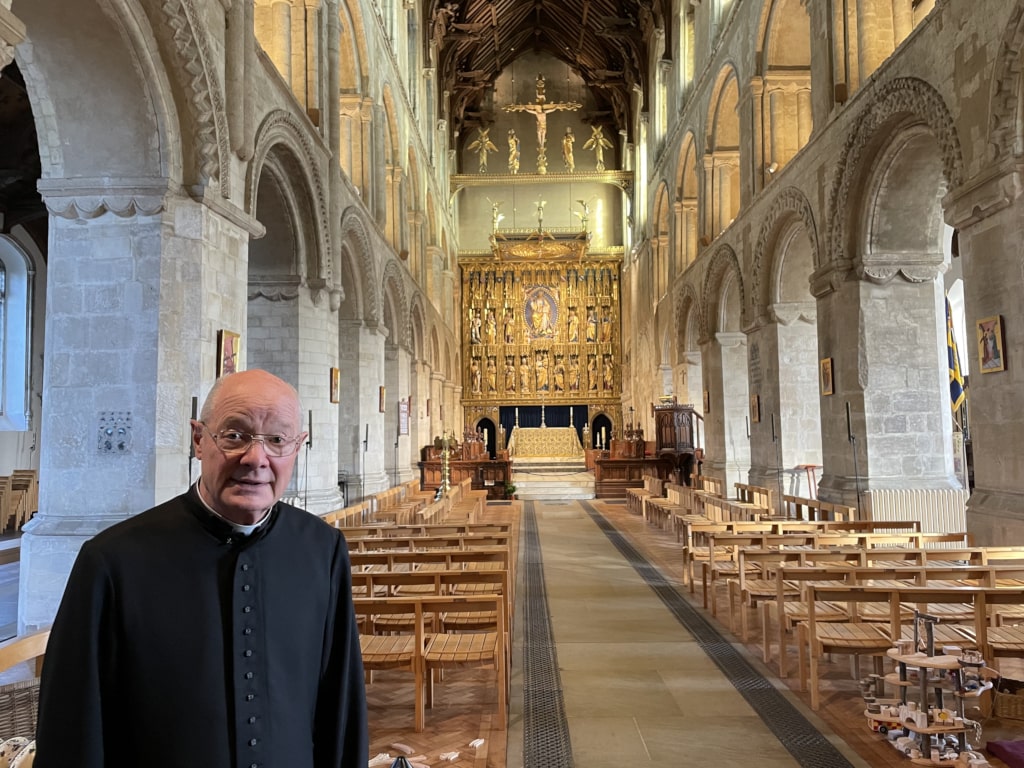
We’ve taken bookings for the symphony orchestra and salvation army brass band. The Abbey has always had a strong music tradition. Any music group that wants to put on a concert should feel free to get in touch. And indeed any other group, we’ve had art displays in the past, we’ve had heritage displays. It’s just such a great space for community use.
We’re doing a Christmas Tree Festival. The very first one we had was organised by Suzie Heylings, and now her mother Rosemary is coordinating it. That will run all of December, starting on Saturday 3rd December.
The duck race will also come back. It is traditionally held on the Easter bank holiday Monday. A number of plastic ducks are thrown into the Tiffey and they bob along for about 500 yards. The person who bought the duck which makes it to the end first wins a prize. It’s been going for a long time and people come from miles to attend. It’s good simple fun.
Do you find it challenging running a religious institution within a tourist attraction?
There are tensions, but I think they can be positive tensions. The building just so lends itself to doing the things in tandem. When it was originally built it would have been a market as well as a church. So things like the winter craft fair do well. I can remember one very memorable year when we had the duck race inside because the weather was so atrocious. I think we put all the ducks in a sack and drew one out like a raffle. That to my mind is exactly what would have happened in the 14th, 15th and 16th centuries. The town and community would’ve come to the building and the church to do their trading, socialising and celebrating. It’s only relatively recently in the last few hundred years where churches became solely a place of worship. I think a lot of churches are rediscovering that recently. It does make so much sense. Particularly in a place so significant as the Abbey. No one community can say ‘we own this building and we are therefore not going to allow anybody else in’, that’s just unthinkable nevermind contrary to the gospel. As far as I’m concerned the more that’s going on, the more it’s building up community spirit.
The number of contacts that have come through activities on the edge has far exceeded those that come through the worshipping community. For example, people asking whether it is possible to get married here, have a baby christened here, or have a funeral.
I’ve had some very very poignant funerals. Teenagers, babies. Where the whole community turns up because they want to express solidarity with the family. With those sorts of numbers, five to six hundred people, there’s nowhere else for them to meet. That’s where a building like this comes into its own. It’s at the heart of what we’re about.
What do you think is special about Wymondham?
I think its heritage speaks loudly. I don’t just mean the Abbey. Becket’s Chapel, the shop fronts and the older bits of the town centre. You think gosh, this community is just full of history. The stories it could tell if it could talk. The classic one is the great fire of Wymondham. Look at the front of the Green Dragon with the charred wood. How authentic that is I don’t know. It certainly makes you think. If you go inside there’s a little door in the corner that says ‘to the Abbey’. And apparently, the monks originally had a tunnel from their dormitory so they could collect their ale. Again, how true that is I don’t know, but it is all part of the rich tapestry of life that adds a bit of colour and a bit of interest.
I’ve never found the tunnel on this end. When there was building work going on here there was a lot of surmising - would they find the tunnel? They didn’t, but they did find a lot of old graves.
The monastic community here was a significant part of the town. Indeed the Abbey was why the town flourished originally, because they provided a lot of work for local people. About 30 monks lived here and the building of the place needed a lot of labourers. What you see now is only a fraction of what was here. Every bit of stone came up the river Tiffey, from Caen in France. You can imagine carting all that up in little rowing boats.
In our archives we’ve got some original doodles which the monks did of how they wanted certain bits of the Abbey. And we’ve got one of only four 1611 bibles in the country. It can only be displayed for certain amounts of time per year. There are some real treasures in here.
The Abbey has certainly made its mark on the town, in mediaeval times, and I think it is now a significant part of the town. I’m not saying it influences the town but it is a significant part. It brings tourists in.
I hope above all, the message is that we are open, we are welcoming and we want to work with the community and the town.”




